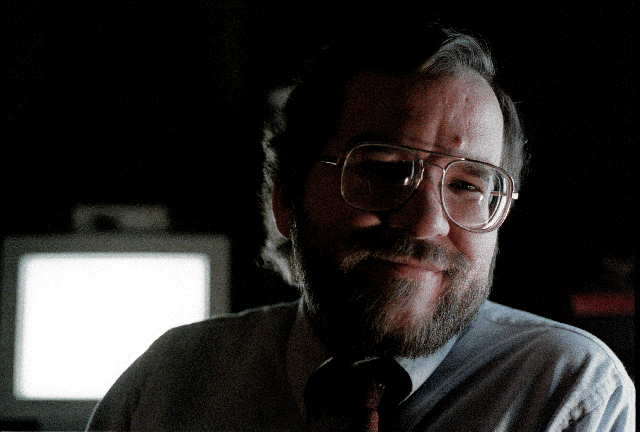Philip Zimmermann |

The Early Roots of PGPYears before developing PGP, I was active in geopolitical issues. In the 1980s in Boulder, Colorado, I worked nearly full-time as a military policy analyst with the Nuclear Weapons Freeze Campaign, while still keeping my day job as a software engineer. The world was a different place then. Reagan was in the White House, Brezhnev was in the Kremlin, FEMA was telling cities to prepare evacuation plans, and millions of people feared the world was drifting inexorably toward nuclear war. A million Americans marched for peace in Central Park. It was in that political climate, in 1984, that I saw the need to develop what would become PGP, both for protecting human rights overseas, and for protecting grassroots political organizations at home. I started on the early design of PGP, but the more pressing matters of the peace movement postponed the bulk of the development effort until years later. I served on the speakers bureau for the Union of Concerned Scientists, publicly debated government officials, served as defense policy advisor in a couple of U.S. House and Senate races, trained lobbyists, and helped organize the 1983 human encirclement of the Rocky Flats [Nuclear Weapons] Plant. I also managed the development of database software for Freeze Voter, the political action committee for the Nuclear Weapons Freeze Campaign. I was arrested twice for civil disobedience at the Nevada [Nuclear Weapons] Test Site. One of many memorable experiences from that time was meeting Carl Sagan, Martin Sheen, and Daniel Ellsberg in jail. Throughout the mid-1980s, I taught a class on military policy, called Get Smart on the Arms Race. The course covered the history of the nuclear arms race, NATO doctrine, limited deterrence vs. extended deterrence, mutual assured destruction, arms control treaties, treaty verification, nuclear proliferation, the Strategic Defense Initiative, comparisons of U.S. and Soviet force structures and weapon systems, command and control systems, launch on warning, the strategic implications of hard-target capable counterforce weapons, power projection, the effects of nuclear weapons, Nuclear Winter, and the effects of the Cold War on foreign policy in the Third World. Return to Background page |